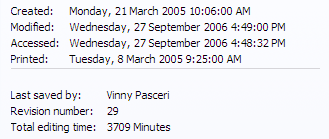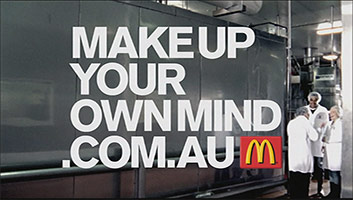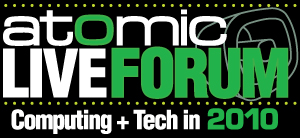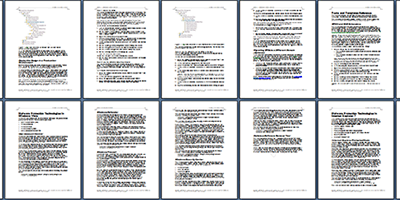
Today, Microsoft program manager Vinny Pasceri has published (first time in history) the original Aero Wizard UI feature specifications document for public scrutiny. Vinny wanted to share with the world his love of specification documents, giving anyone and everyone the opportunity to gain an insight on how Microsoft designs features.
The document itself is extremely interesting to any enthusiast or graphics designer, but it raises one important issue. Can Microsoft ever take feedback beyond the beta cycles?
The beauty of open-source software is that anyone and everyone is invited to contribute at any time during the development cycle, even planning. What if, Microsoft took public feedback beyond its beta cycle, which users can only provide feedback at a stage where applications have already been designed and developed? Would public feedback on the original Longhorn plans back in 2003/2004 have saved Microsoft from scrapping all of their progress and starting blank?
Vinny writes, “During this process it’s extremely important to involve the feature team to get constant feedback on the spec. I want to nail as many of the details as possible before it goes off to a review. I find I get the best feedback from my tester.” With all due respect to his testers and feature team, but such a small and internal group of people could not possibly reflect all the positive and negative reactions. What happens if they miss something?
Currently, by the time most people can submit feedback, the response is “feature by design”. Most of the time, the design is right. But the chances getting the design wrong is still greater than zero, so the more feedback it receives from a larger demographic, the less incompatible it will become.
I know it is not industry practice to allow public oversight of such internal processes, but when passionate people like Chris Pirillo who genuinely want to provide constructive criticism, what is there to lose?
For example, Vinny discusses why the “Back” button is in the top left corner, and why not beside the “Next” button. Whilst he has fairly solid evidence and arguments for this change, I (with many) find it less usable. Currently anyone who submits feedback concerning that issue, the response is “by design”. But as many people would argue, the design is flawed. If the public were able to provide feedback on the original design, the design might have changed. But now, some people are upset with this user experience and can’t do anything about it.
I’m just throwing an idea out there.
P.S. Microsoft Word bug?

Interesting enough, according to Microsoft Word, Vinny spent 3709 minutes editing this document which is about 62 hours. I presume the actual time is much longer, since this does not reflect file versions. But even more interesting is the fact that this document was printed before it was created. Go figure how that works.







